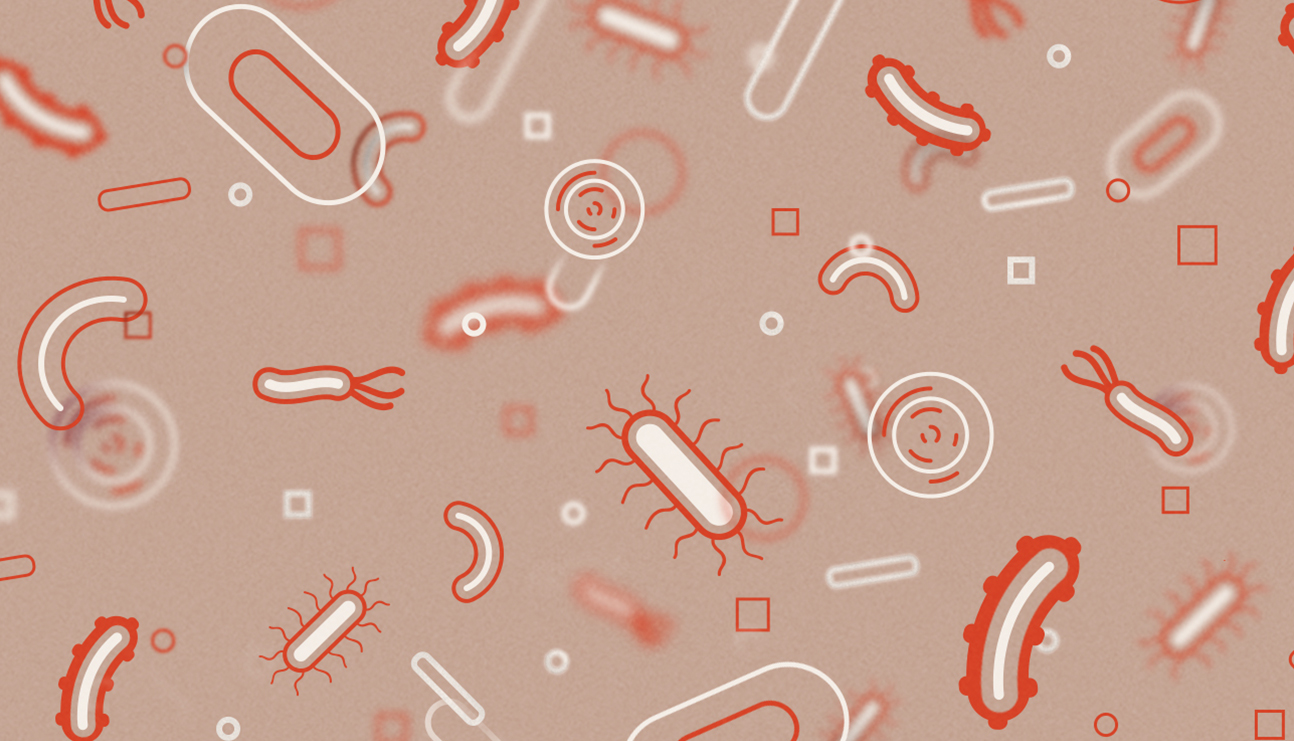Put Down the Hand Sanitizer—Here’s Why Your Child Should Be Exposed to Some Germs
Stephanie Gatschet
Did you know that there are more bacterial cells in the human body than there are human cells?! We tend to think of bacteria as bad, as something to avoid or kill. But the truth is, our bodies contain all sorts of bacteria (or microbes), including beneficial bacteria with important jobs, like making vitamins, fighting illness, assisting with digestion, and more.
The many microbes in our body make up what is called our microbiome. Each person’s unique microbiome is influenced by a multitude of factors. Its quality can be nurtured, or hindered, by certain lifestyle practices within our control, which is why it’s important to make sure we are doing all we can to support the development of a healthy microbiome in our children.
A baby’s microbiome starts to develop as soon as it enters the world. A mother’s birth canal often inoculates a baby with its first bacteria. Then, over time, the microbiome is shaped by factors, like breast- and formula-feeding, diet, and exposure to microbes in the environment. Although you may cringe at the thought of your child playing in dirt, it can actually help encourage a diverse, healthy microbiome. And when the microbiome is balanced, with appropriate levels of microbial species, it supports a strong immune system, positively affects mood, and generally contributes to the health and proper function of the body.
If certain bacterial strains don’t colonize properly in a baby, it can result in colic, gas, or even eczema. As kids get older, an imbalanced or depleted microbiome can contribute to conditions like allergies, ADHD, obesity, and inflammatory bowel disease. Needless to say, it’s very important to ensure that good bacteria are able to flourish in a child’s body. Increasing exposure to probiotics (beneficial, or “friendly” bacteria) and minimizing unnecessary damage to the microbiome are key.
Here are some practical tips to help improve or maintain the health of your child’s microbiome:

DO feed your child a healthy diet, one that’s low in processed and sugary foods, which can cause bacterial imbalance, and includes probiotic-rich fermented foods like sauerkraut, yogurt, tempeh, and kefir. Also include prebiotic-rich foods (prebiotics are food for friendly microbes), like bananas, garlic, asparagus, beans, peas, and honey for children over 12 months old. A healthy body helps fight off germs.
DON’T over-sanitize your child’s environment. While it is important to stay clean and be aware of infectious bacteria, removing all bacteria from your child’s environment can prevent exposure to important beneficial bacteria. Of course, wash hands when needed with regular soap and water, but avoid anti-bacterial soaps and hand sanitizers. As the authors of Let Them Eat Dirt: Saving Your Child from an Oversanitized World put it: “By cleaning up our child’s environments, we prevent their immune systems from maturing in the way they have for millions of years before us: with lots and lots of microbes.”Germs help improve your child’s immune system.
DO consider incorporating a high-quality, baby- or kid-friendly probiotic supplement, especially if your child was born via C-section, formula fed, or suffers from conditions like colic, eczema, allergies, or other health issues. Infants tend to benefit most from supplementation of the bifidobacteria probiotic strains, like Bifidobacteria infantis. Lactobacillus acidphilus and L. casei have also been shown to particularly benefit babies. For infants, probiotic powders can be added to bottled breastmilk, formula, or applied directly to the mother’s nipple at the time of breastfeeding. Older kids can take powdered or chewable probiotics. Look for multi-strain formulas with a potent dose of probiotic units (5 billion+ CFU’s).
DON’T panic if your child experiences gas or bloating after taking a probiotic . As the beneficial bacteria start to kill off harmful bacteria in the GI tract, there can be some digestive discomfort—and this is normal. Simply reduce your child’s dose by at least half, and slowly build up to the full dose over the course of a few weeks. Probiotics can will help your body fight off bad germs.
DO be judicious when considering the use of antibiotics. While antibiotics are often an appropriate choice for fighting bacterial pathogens, they can wipe out friendly bacteria as well, which negatively affects the microbiome. Always talk to your doctor about when antibiotics are appropriate (remember: they do not have any effect against viral infections), and if your child does require a round of antibiotics, follow it up with several months of probiotic supplementation. There are healthy germs.
To learn more about microbes, the microbiome, and probiotics, add Let Them Eat Dirt by microbiologists Brett Finlay and Marie-Claire Arrieta to your reading list. Germs are not all bad.
Stephanie Gatschet MS, CNC, founder of BioVie Nutrition, is a clinical nutritionist and Certified Nutritional Chef based in San Diego, CA. She uses functional, holistic nutrition principles to create personalized plans honoring the unique bio-individuality and lifestyle of each client. She teaches meditation for adults and children at the Kadampa Meditation Center San Diego and elsewhere, and is mother to Vela (age 4).





